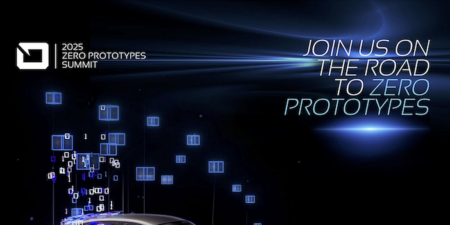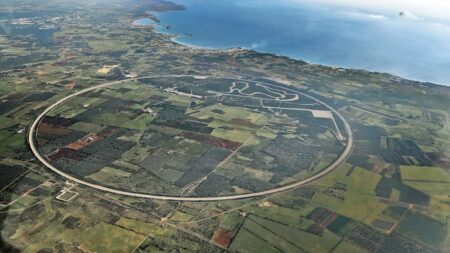Jaguar Land Rover (JLR) is researching a new connected car technology that will allow a vehicle to identify the location and severity of potholes, broken drains and manhole covers, and then share this data in real-time via the cloud with other vehicles and with road authorities to help them prioritise repairs.
JLR believes that if a car can receive a warning from another vehicle about severe potholes or broken manholes ahead, then drivers could, theoretically, be able to slow down and avoid the danger – or the car could adjust suspension settings to reduce the impact and smooth the ride. JLR also believes that this could help reduce the potential for punctures, wheel and vehicle damage as well as road accidents.
“Our MagneRide equipped Range Rover Evoque and Discovery Sport vehicles feature sophisticated sensors that allow the vehicle to profile the road surface under the wheels and identify potholes, raised manholes and broken drain covers,” explains Dr Mike Bell, global connected car director, Jaguar Land Rover. “By monitoring the motion of the vehicle and changes in the height of the suspension, the car is able to continuously adjust the vehicle’s suspension characteristics, giving passengers a more comfortable ride over uneven and damaged road surfaces.
“While this gives our customers a more comfortable ride, we think there is a huge opportunity to turn the information from these vehicle sensors into ‘big data’ and share it for the benefit of other road users. This could help prevent billions of pounds of vehicle damage and make road repairs more effective.”
The next stage of the project at Jaguar Land Rover’s Advanced Research Centre in the UK is to install new road surface sensing technology in the Range Rover Evoque research vehicle, including an advanced forward-facing stereo digital camera.
“At the moment the most accurate data comes from when the car has driven over the pothole or manhole”, added Bell. “So we are also researching how we could improve the measurement and accuracy of pothole detection by scanning the road ahead, so the car could predict how severe they are before the vehicle gets near them.
“Ultimately, sensing the road ahead and assessing hazards is a key building block on our journey to the autonomous car. In the future, we are looking to develop systems that could automatically guide a car around potholes without the car leaving its lane and causing a danger to other drivers. If the pothole hazard was significant enough, safety systems could slow or even stop the car to minimize the impact. This could all help make future autonomous driving a safe and enjoyable reality.”
Jaguar Land Rover’s research team will also be working with innovation partner Coventry City Council, UK, to understand how road profile information could be shared with road authorities, and exactly what data would be most useful for their roads maintenance teams to identify and prioritise repairs.




